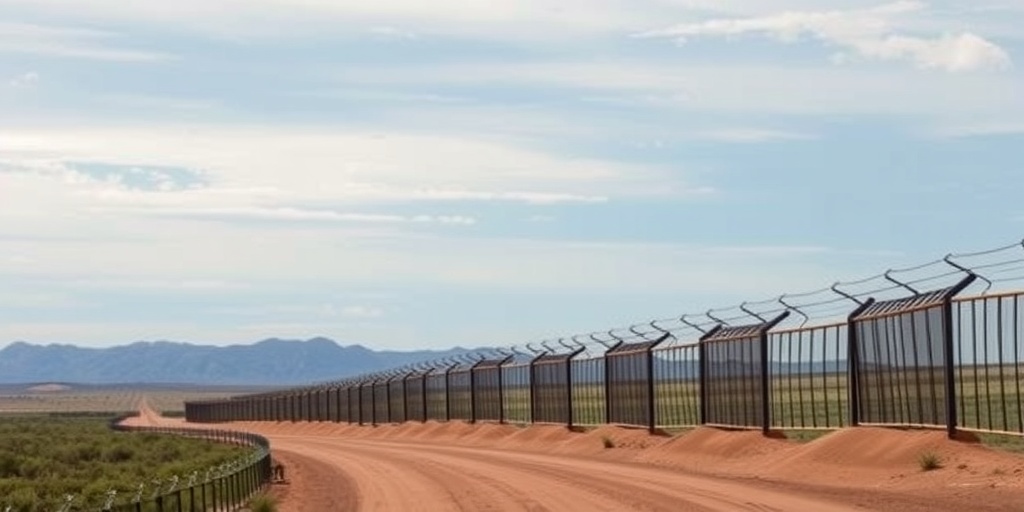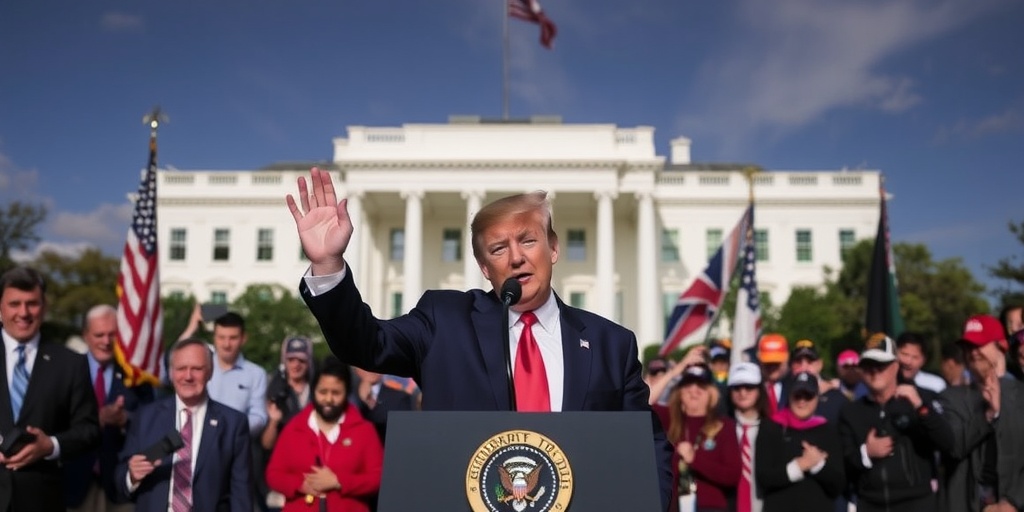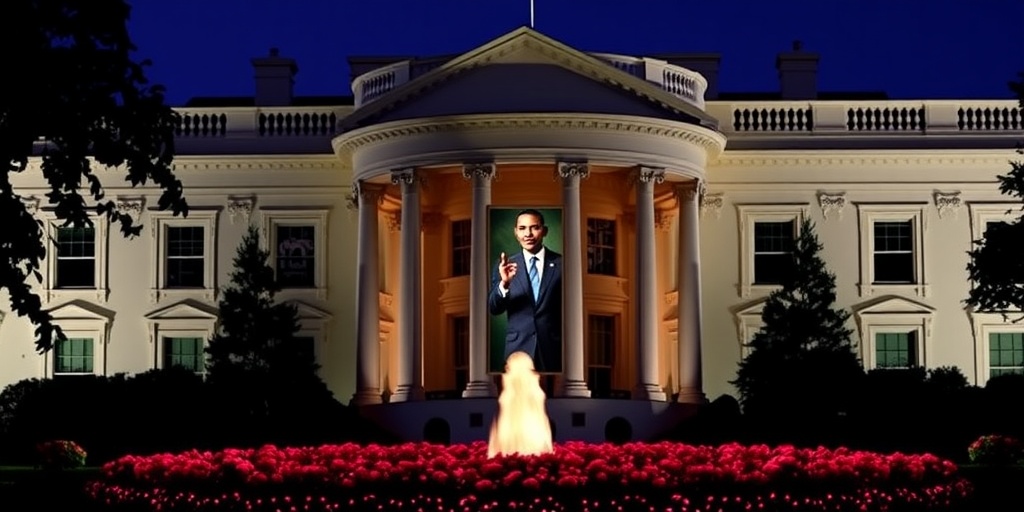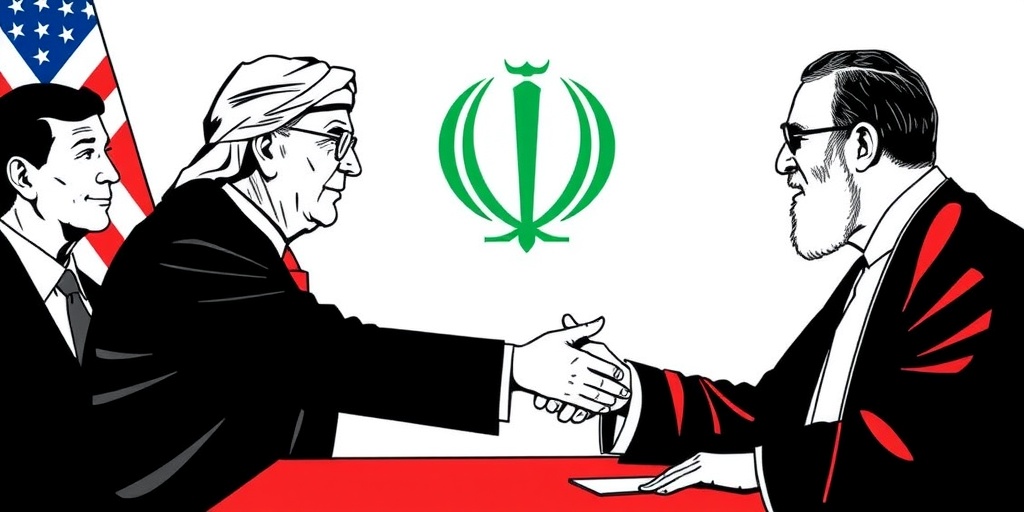Now Reading: Trump’s Directive to Convert Border Land into Military Base
-
01
Trump’s Directive to Convert Border Land into Military Base
Trump’s Directive to Convert Border Land into Military Base

Trump Administration Plans Military Installation on U.S.-Mexico Border to Combat Illegal Immigration
In a significant move towards enhancing border security, President Donald Trump announced on Friday a plan to establish a military installation along the U.S.-Mexico border in California, Arizona, and New Mexico. This initiative aims to curb illegal crossings and reinforce the current military presence along the southern border, which has been steadily increasing during Trump’s tenure.
The plan, articulated in a White House memorandum, involves the transfer of authority over a narrow strip of federal land, known as the Roosevelt Reservation, to the U.S. Department of Defense. This 60-foot-wide strip of land runs parallel to the border and is currently managed by various cabinet agencies. Under the proposed directive, military forces stationed in this area would have the authority to temporarily detain migrants passing through, citing trespassing on a military reservation as the legal basis for their actions.
This announcement comes at a time when illegal crossings at the border have reportedly decreased significantly during the Trump administration. However, the presence of troops at the border has put the military in politically sensitive territory. The plan raises concerns about potential conflicts with existing laws that limit the deployment of regular federal troops for domestic law enforcement actions. According to a U.S. military official who requested anonymity, while military members would be empowered to stop individuals crossing into the designated military installation, they would not possess the authority to conduct immigration arrests. Instead, U.S. Border Patrol agents would be summoned to handle such arrests.
The memorandum outlines the formalization of a concept that had been under consideration by the administration for several weeks. Previous reports, including an article from The Washington Post, highlighted discussions regarding the establishment of this military zone, sparking debates on the implications for civil liberties and human rights at the border.
Both White House and Defense Department spokespeople did not respond to inquiries seeking further details about the operational capabilities and limitations of U.S. forces in the border strip. Military officials are reportedly engaged in ongoing discussions about executing the plan. Key considerations include determining the duration for which troops can detain migrants before transferring them to Border Patrol custody and establishing the necessary signage to indicate the entry into a U.S. military reservation.
Moreover, logistical challenges remain, such as deciding the language(s) for the warning signs intended for migrants and how frequently these signs should be posted along the vast stretch of rugged terrain that constitutes the border. The strategic positioning of military patrols, which will cover hundreds of miles, is another complex element of this initiative, as is the potential need for additional training for military personnel involved in the operation.
Experts in border security and human rights have raised concerns about the implications of this memorandum. Adam Isacson, who specializes in these areas at the Washington Office on Latin America, suggested that the directive could pave the way for utilizing quasi-military personnel to detain migrants, which may blur the lines of traditional law enforcement responsibilities and military operations.
An intriguing aspect of the memorandum is its provision for the involvement of state National Guard members in operations on the military-controlled strip. As per Isacson’s assessment, if National Guard personnel are allowed to detain migrants while waiting for U.S. Customs and Border Protection officials to arrive, it closely resembles military personnel engaging in migrant detentions. This potential overlap raises questions about the legality and ethical implications of such actions.
As the administration continues to roll out its strategy, the discourse surrounding military involvement in immigration enforcement is expected to intensify. Critics of the plan fear it could lead to a militarization of the border and escalate tensions in a region already fraught with complexity. Proponents argue that enhanced security measures are necessary to uphold the rule of law and protect national sovereignty.
Moving forward, the Trump administration will face scrutiny over how effectively it can implement this plan while balancing legal limitations on military engagement in domestic issues. As logistical challenges are tackled and operational guidelines are established, the implications of this initiative on both migrants and the broader U.S. society will play a critical role in shaping the national dialogue on immigration and border security.
Stay Informed With the Latest & Most Important News
Previous Post
Next Post
-
 01New technology breakthrough has everyone talking right now
01New technology breakthrough has everyone talking right now -
 02Unbelievable life hack everyone needs to try today
02Unbelievable life hack everyone needs to try today -
 03Fascinating discovery found buried deep beneath the ocean
03Fascinating discovery found buried deep beneath the ocean -
 04Man invents genius device that solves everyday problems
04Man invents genius device that solves everyday problems -
 05Shocking discovery that changes what we know forever
05Shocking discovery that changes what we know forever -
 06Internet goes wild over celebrity’s unexpected fashion choice
06Internet goes wild over celebrity’s unexpected fashion choice -
 07Rare animal sighting stuns scientists and wildlife lovers
07Rare animal sighting stuns scientists and wildlife lovers





















